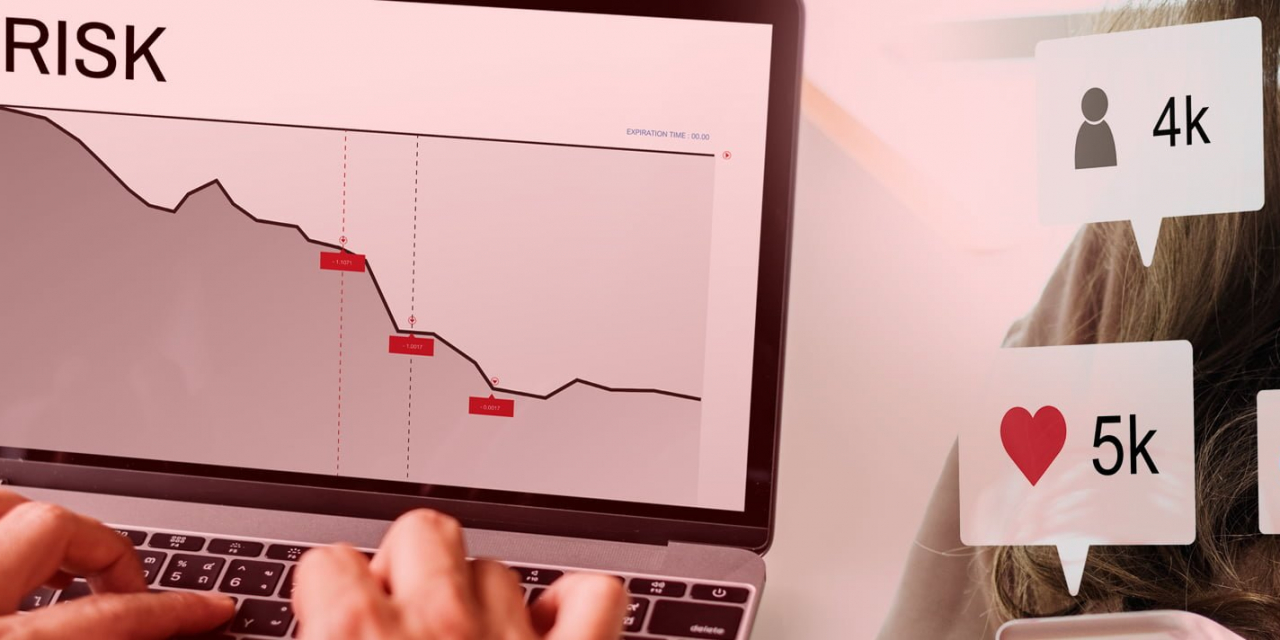Kroll revealed adversarial social media activity as a factor in 29% of significant incidents.
Adversarial social media activity was a relevant factor in 29% of significant incidents that materially impacted businesses in the Asia Pacific region during the last 12 months, according to 2019 Global Fraud and Risk Report released by Kroll.
Almost two-thirds (64%) of Asia Pacific business leaders surveyed had cited social media as a significant priority when developing a defence strategy for their organisations. These figures were in line with the global average. The report revealed that firms now is facing an even wider risk landscape, as organisations seek to tackle emerging digital threats and deal with complex reputational and regulatory issues.
Kroll’s annual report, which research conducted by Forrester Consulting, examined the current global risk landscape and analyses the biggest risks facing global companies and the steps being taken to prevent, detect and respond to daily threats.
Social media and fake news
Today’s business environment continued to present challenges to businesses in terms of risk mitigation and reputation management. As such, 84% of businesses feel threatened by market manipulation through the spread of fake news, most commonly fuelled by social media.
Additionally, brand ambassadors and influencers presented a new challenge for due diligence procedures; 97% of survey respondents in Asia Pacific used them to some extent, meaning businesses are having to vet not only the influencers themselves but also their wider digital networks.
Info leaks most common risk
The most common risk, suffered by 42% of businesses in Asia Pacific and 39% globally, is leakage of internal information, highlighting the growing internal threat to intellectual property, trade secrets and other confidential information.
Information theft, loss or attack was cited as the most prevalent type of fraud experienced for the first time in 10 years in last year’s survey, with 29% of respondents reporting being affected by this type of incident.
Data theft and reputational damage caused by third-party relationships were next on the list of significant incidents, with 29% of global respondents affected this year. Data theft was particularly serious in Asia Pacific, where 39% of Chinese and 41% of Indian businesses has reported incidents.
The means through which businesses identified data theft varied considerably. Regulatory and legal enforcement revealed theft in 38% of Chinese incidents, but only 12% of global instances. By contrast, internal audits identified data theft in 37% of global incidents, but only 22% across Asia Pacific.
China and the supply chain
China’s emergence as a critical link in the global value chain has made organizations there disproportionately vulnerable to Intellectual Property (IP) theft. At 48%, the reported incidence of IP theft affecting Chinese businesses was double the global average.
Commenting on these trends, Reshmi Khurana, managing director and South East Asia head of business intelligence and investigations at Kroll, said:
Ever more complicated supply chains and third-party partnerships require strict diligence to ensure that a third party’s failure does not undermine the reputation and security of other partners. This comes at a time when the speed and reach of social media to present an alternative interpretation of how a business may wish to see its brand and values perceived requires a vigilant attitude and for appropriate response strategies to be in place.
This is why the companies focussed on staying ahead in Asia and around the world are those that are doing most to comprehend and limit the risks they face.
Cryptocurrency
The digital threat is compounded by emerging technologies such as cryptocurrency. Nearly all (91%) global business leaders surveyed are exploring the possibility of incorporating, or have already incorporated, blockchain technology and 81% of them are investigating cryptocurrencies or have incorporated cryptocurrencies into their business.
More than a third (35%) of businesses have cited risk of fraud or theft as their primary concern when considering investing in such areas, followed by lack of clear regulatory oversight (29%), untested technology (19%) and potential involvement with malicious entities (16%).
The report revealed that fraud-related incidents remained prevalent, with fraud from external parties affecting over a quarter (28%) of global respondents in the last 12 months. Experiences varied among Asia Pacific respondents, however, with below global average incidences of external fraud being reported in China (18%) and Japan (17%), but above average occurrences in India (31%).
A similar pattern emerged in fraud perpetrated by internal parties. Significant variation is evident in how some crimes are detected, however, with internal audits spotting 22% of money laundering incidents globally, but only 7% in the Asia Pacific region. While whistleblowing identified half of such incidents in China, it played no discernible role among Japanese respondents.
Using technology in risk management
The research highlighted that businesses needs to ensure that they have anticipated the broad range of threats and detect them effectively before they escalate into bigger issues.
Companies are increasingly using technology to enhance their risk management processes, with three-quarters (73% in Asia Pacific; 77% globally) of firms applying data analytics to detect threats facing their organisation. This mirrors recent guidance from the Organisation for Economic Co-operation and Development (OECD) in its Analytics for Integrity report, which encourages the use of data analytics in the fight against corruption and fraud.
Nevertheless, whilst four in five (81%) businesses felt that their cyber risk detection mechanisms were effective, when asked about future threats, most respondents (89%) are concerned that a cyberattack could result in a global economic crisis.
Tadashi Kageyama, regional managing director, Asia Pacific business intelligence and investigations at Kroll, commented:
Businesses are threatened today by not only the incidence but also the variety of risks. Some hazards, like political disputes and disruptions to trade, require a proper understanding of cause and effect, options and probabilities.
Others including fraud and the theft of IP and customer data, necessitate investment and understanding in technology and procedures that protect and detect. Risk understanding, mitigation and prevention have never been more vital to corporate reputation and, in many cases, survival.

















